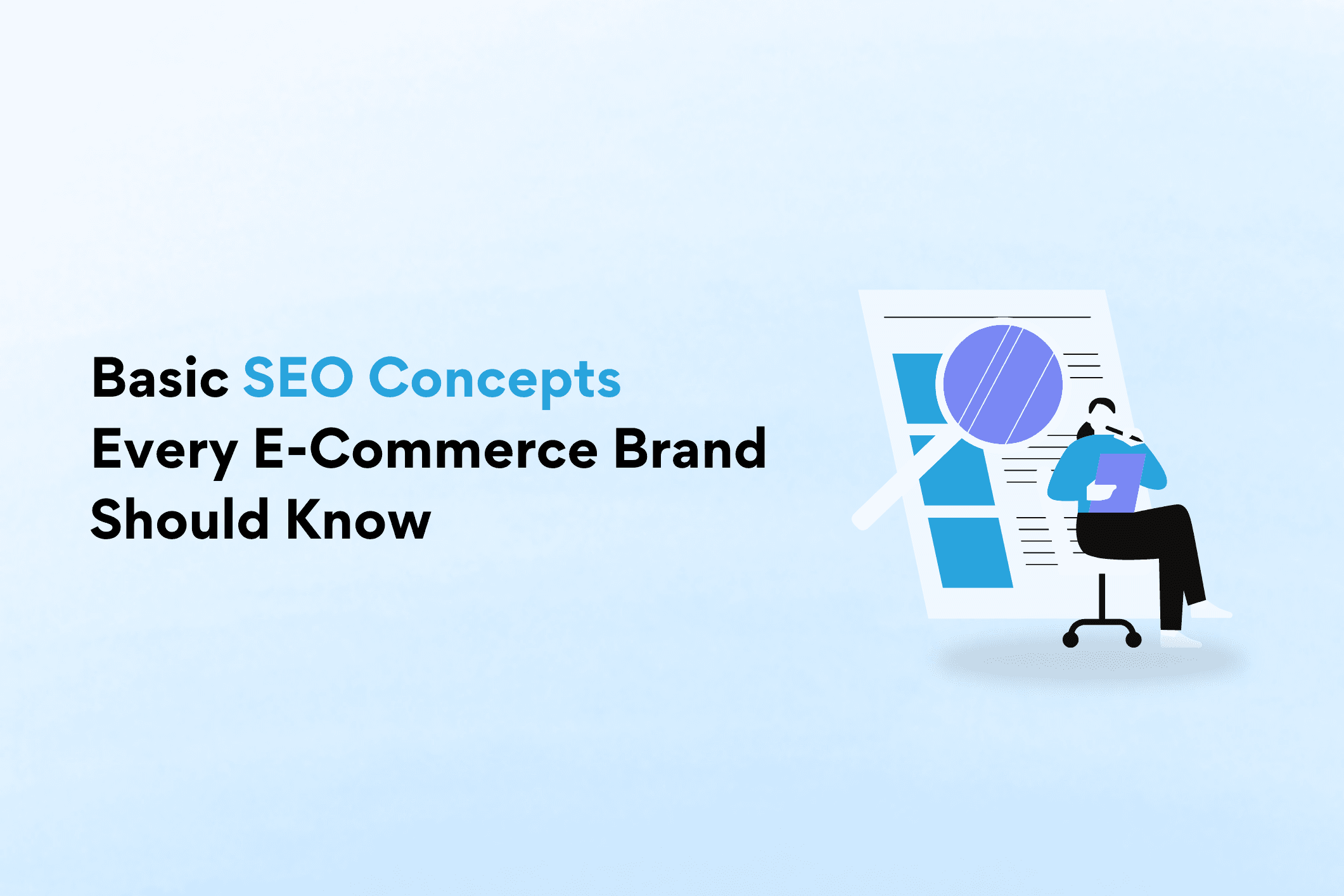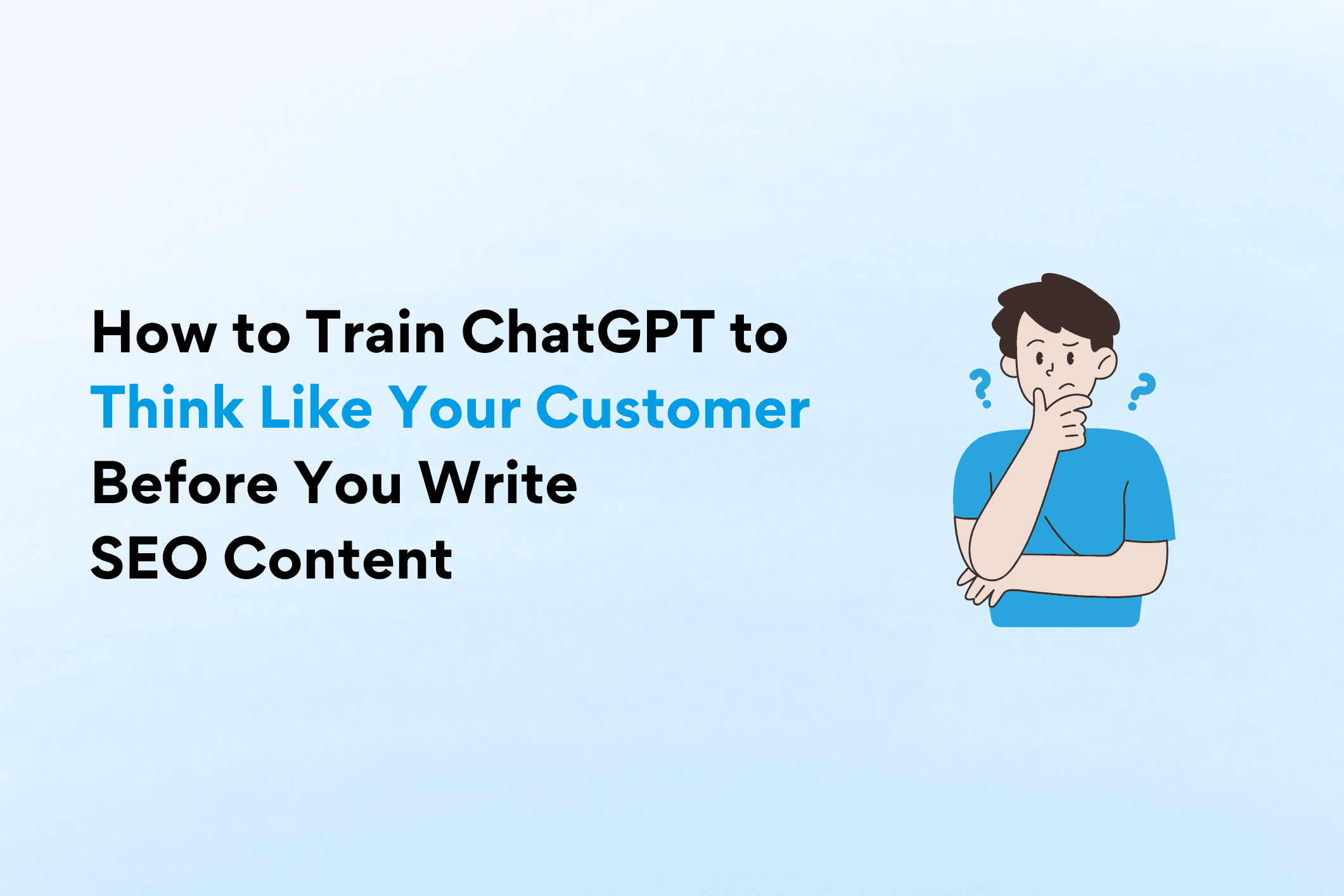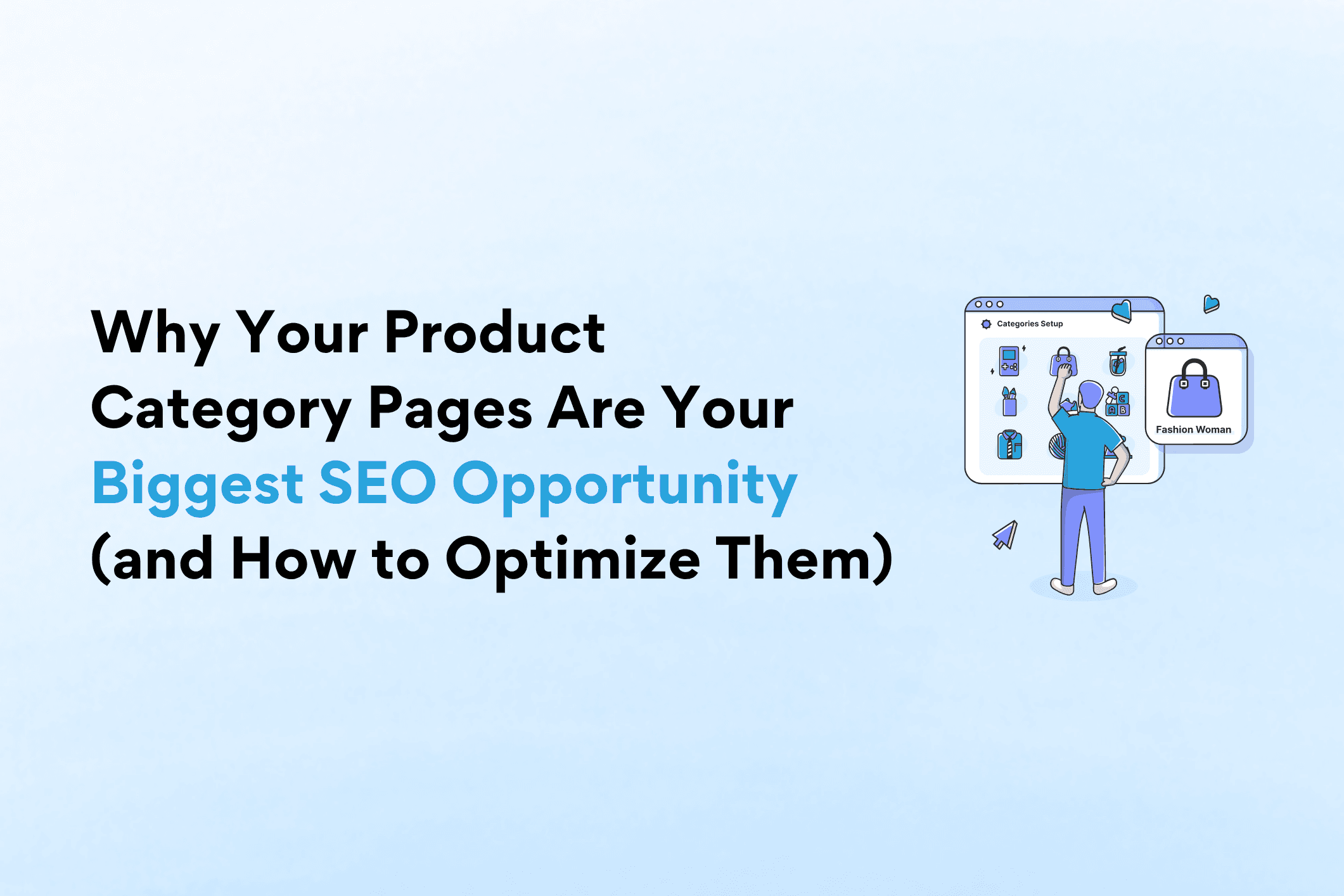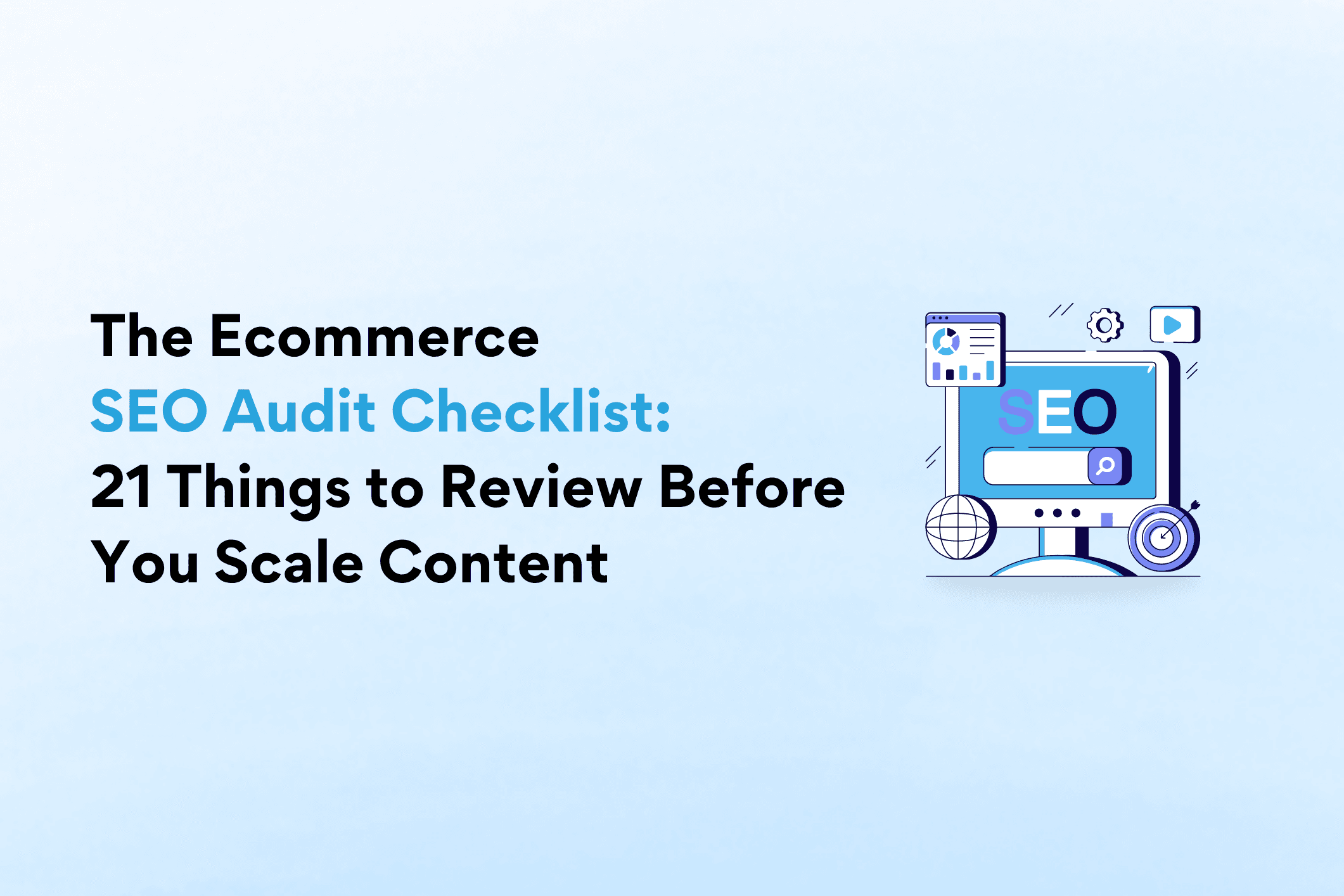To attract and retain customers, e-commerce brands, like yours, are up against so much competition. What can you do to set your business apart, though? It starts with Search Engine Optimization (SEO). It’s an essential strategy for increasing visibility, driving organic traffic, and ultimately boosting your sales.
So, in this guide, we will break down the basics of SEO and provide actionable insights to help your e-commerce brand thrive.
What is SEO?
To start off, what is SEO? SEO, or Search Engine Optimization, is the process of optimizing your website to rank higher in search engine results pages (SERPs). To do this, you need to do things like tailoring your website’s content, structuring your website, and making sure it’s performing to meet the standards set by search engines like Google. The biggest goal is to make your website more accessible and relevant to users searching for your products or services.
Why is SEO Important for E-Commerce?
Why is SEO so important, though? Well, SEO is a cornerstone of any successful e-commerce strategy for several reasons:
- Increased Visibility: Higher rankings mean your site is more likely to be seen by potential customers.
- Cost-Effective Marketing: Unlike paid ads, SEO drives long-term organic traffic without recurring costs.
- Trust and Credibility: Ranking well shows users that your brand is trustworthy and authoritative.
- Improved User Experience: Many SEO strategies, like faster loading times and better navigation, enhance the user experience.
- Higher Conversion Rates: By targeting the right keywords and optimizing your site, you attract customers who are ready to buy.
SEO is a critical part of being successful in e-commerce.
Core SEO Concepts Every E-Commerce Brand Should Master
So, what concepts do you need to know in order to have a better handle on your SEO? Here are the big ones:
1. Perform Keyword Research
Keyword research is the foundation of effective SEO. It involves identifying your target audience’s terms and phrases when searching for products like yours.
- Tools to Use: Platforms like Google Keyword Planner, Ahrefs, and SEMrush help uncover high-volume, low-competition keywords.
- Focus on Intent: Choose keywords with strong purchase intent, such as “buy hiking backpacks” instead of general terms like “backpacks.”
- Long-Tail Keywords: These are specific phrases that attract more qualified traffic, e.g., “waterproof fishing cooler for winter trips.”
2. Improve Your Site’s Architecture
A well-organized website is crucial for both user experience and search engine crawling.
- Easy Navigation: Group products into logical categories and subcategories. A clear hierarchy helps users find products quickly.
- Internal Linking: Connect related products and pages to guide users and distribute link equity across your site.
- Mobile Optimization: Ensure your site is fully responsive, as mobile-friendliness is a ranking factor.
3. Optimize for On-Page SEO
On-page SEO focuses on individual pages of your website to make them search-engine friendly.
- Title Tags and Meta Descriptions: Write compelling, keyword-rich titles and descriptions to improve click-through rates.
- Header Tags (H1, H2, etc.): Use headers to structure content and include relevant keywords.
- Image Optimization: Compress images to improve load speed and add alt text for better accessibility and SEO.
4. Leverage Content Marketing
High-quality, valuable content attracts visitors and encourages them to engage with your brand.
- Blog Posts: Write guides, how-tos, and product comparisons to address customer pain points.
- Product Descriptions: Avoid generic descriptions—highlight benefits, unique features, and use cases.
- Video Content: Create tutorials or product demos that can rank on YouTube and Google.
5. Manage Your Site’s Technical SEO
Technical SEO ensures that your site functions well and is easy for search engines to crawl.
- Site Speed: Slow websites frustrate users and rank lower. Use tools like Google PageSpeed Insights to identify speed issues.
- XML Sitemap: Create and submit a sitemap to help search engines index your pages effectively.
- HTTPS: Secure your website with HTTPS for better rankings and user trust.
- Fix Broken Links: Regularly audit your site for broken links and resolve them to avoid penalization.
6. Build Backlinks
Backlinks, or links from other websites to yours, are a critical ranking factor.
- Guest Blogging: Write articles for industry blogs and include links to your site.
- Partnerships: Collaborate with influencers or complementary brands to earn backlinks.
- Content Worth Sharing: Publish unique, high-value content like infographics or studies that other sites will link to naturally.
By knowing and understanding these key concepts, you’re taking a great first step into truly understanding SEO and why it matters so much.
Bonus Tips for E-Commerce SEO
When it comes to SEO, there are a few other important things to note if you want to be successful:
- Local SEO: If you operate brick-and-mortar locations, optimize for local searches with Google My Business listings.
- Schema Markup: Use structured data to enhance your product pages with rich snippets, like star ratings and prices.
- Regular Audits: Continuously monitor your site’s SEO performance and adjust as needed.
SEO isn’t just a buzzword—it’s a necessity for e-commerce brands looking to stay competitive. You can build a solid foundation for long-term success by mastering these basic SEO concepts. Whether you’re just starting or refining your strategy, implementing these practices will help your brand stand out in a crowded marketplace.
With consistent effort, your site can become a go-to destination for customers seeking your products.
Greg is a digital marketing strategist, ecommerce owner, e-commerce marketing agency owner, and recognized leader in the D2C industry.
With 18 years of experience working with small, medium, and large organizations, Greg knows how to build and execute marketing strategies that drive growth.



